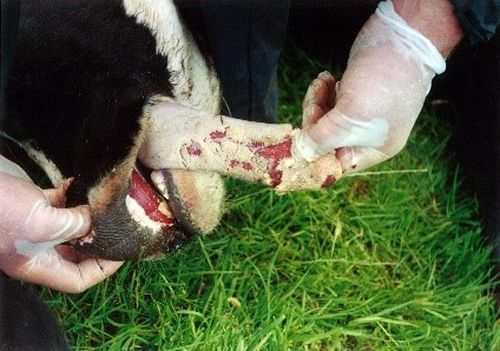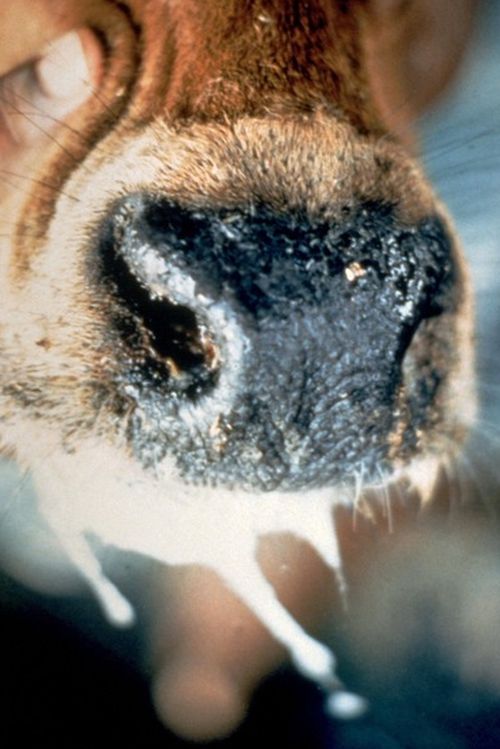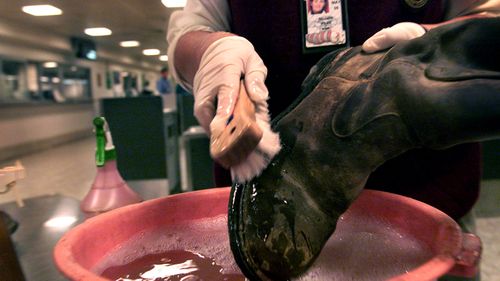While Australia is still disease-free, the federal government estimates a major outbreak could cost upwards of $80 billion and last for months, if not years.
Here, we answer what we know about the devastating virus.

What is foot and mouth disease?
FMD is a virus that affects hooved animals, including livestock such as cattle, sheep, goats and pigs.
Can humans get foot and mouth disease?
Humans can get FMD but cases are very rare “and do not result in serious disease,” the Department of Agriculture, Fisheries and Forestry (DAFF) says.
As well as the livestock listed above, the federal government says buffalo, camels and deer can contract the virus.
What are foot and mouth disease symptoms in animals?
The disease can cause lameness in animals and difficultly eating and drinking.
- Blisters in and around the mouth area
- Drooling
- Limping animals
If any of these symptoms are detected, owners are urged to contact a local veterinarian or the Emergency Animal Disease Watch Hotline on 1800 675 888.
Is foot and mouth disease contagious?
Yes, the disease is highly contagious.
What’s more, it has multiple means of transmission, Australia’s Chief Veterinary Officer Dr Mark Schipp says.
“It is spread through food, through the air, and through contact with other animals,” he said.


“FMD virus can also be spread on wool, hair, grass or straw; by the wind; or by mud or manure sticking to footwear, clothing, livestock equipment or vehicle tyres,” it writes.
“Pigs are regarded as ‘amplifying hosts’ because they can excrete very large quantities of the virus in their exhaled breath.
“The virus can also be excreted by animals for up to four days before clinical signs appear.”

Can humans pass foot and mouth disease to animals?
Humans can be a source of infection for hooved animals.
“(They) can carry the virus in their nose for up to 24 hours,” DAFF says.
Contaminated equipment and clothing can also spread the virus to animals.
That’s why sanitation floor mats have been introduced at international airports for travellers arriving from Indonesia.
“Steps can be taken to remove the risk of transmission through contaminated clothing or dirty shoes.”

What happens if animals get infected with foot and mouth?
FMD is particularly dangerous for younger animals, and can lead to significant production losses.
It’s not generally lethal to adult animals.
However, infected animals would be humanely destroyed to prevent further spread.
This was seen in the United Kingdom in 2001.

During a widespread outbreak, more than six million cows and sheep were killed in a bid to stem the spread.
This proved expensive, with losses estimated to have cost $13 billion.
In Australia, an extensive outbreak could cost as much as $80 billion over 10 years.
“It would have a devastating impact,” Schipp says.
“If it were to arrive in Australia we would lose the majority of our market access for animal products, and animals themselves.
“All of the beef, lamb, wool, dairy products we export; 70 per cent of our production here in Australia, would not be able to be exported.”


التعليقات